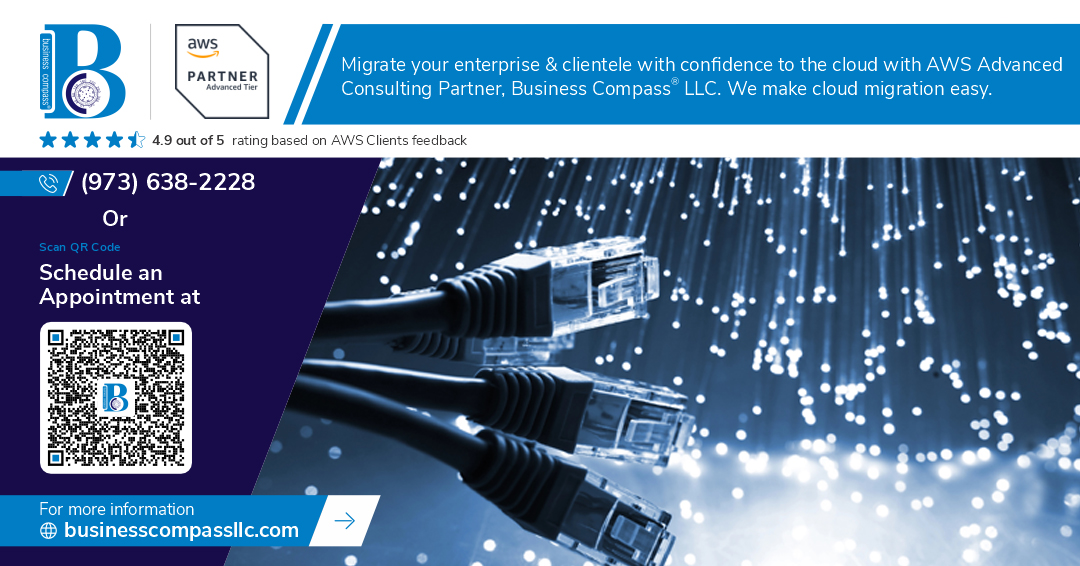Making the Most of AWS VPC Endpoints: Smart Cost-Saving Strategies
Introduction
Amazon Virtual Private Cloud (VPC) Endpoints offer a secure and scalable way to connect your VPC to AWS services without traversing the public internet. They eliminate the need for internet gateways, NAT devices, or VPN connections, providing security and cost-efficiency. But to unlock their full value, you must strategically design and manage them for cost savings.
In this guide, we’ll explore practical and tactical ways to reduce AWS costs by intelligently leveraging VPC Endpoints.
What Are AWS VPC Endpoints?
AWS provides two main types of VPC Endpoints:
Interface Endpoints: Elastic Network Interfaces (ENIs) with private IPs in your VPC serve as entry points for traffic destined to a supported AWS service.
Gateway Endpoints: Targets for a route in your route table for services like Amazon S3 and DynamoDB.
Using VPC Endpoints ensures traffic stays within the AWS network, reducing exposure and potential egress charges.
Strategy 1: Use Gateway Endpoints for High-Volume S3 and DynamoDB Access
For workloads that heavily use Amazon S3 (e.g., analytics, backup, machine learning) or Amazon DynamoDB (e.g., session data, key-value lookups), gateway endpoints are free and avoid NAT Gateway data processing fees.
Pro Tip: Add a gateway endpoint policy to limit access to specific S3 buckets or DynamoDB tables for additional security without extra costs.
Strategy 2: Minimize Interface Endpoint Usage
Unlike gateway endpoints, interface endpoints incur hourly charges per AZ and GB of data transferred. Use these only when necessary.
Optimization Tips:
Consolidate traffic through fewer endpoints when possible.
Use shared services VPC to centralize and reuse endpoints across accounts (via AWS PrivateLink).
Deploy in required AZs only; avoid redundant deployment across all AZs unless needed for HA.
Strategy 3: Monitor and Analyze Interface Endpoint Usage
Use AWS Cost Explorer and VPC Flow Logs to:
Identify which interface endpoints are incurring the highest cost.
Determine if any endpoints are idle or underutilized.
Optimize endpoint deployment by removing or resizing based on usage patterns.
Automation Tip: Set up budgets and alerts using AWS Budgets for VPC endpoint spending.
Strategy 4: Use Interface Endpoints with DNS Resolution Intelligently
While VPC endpoints automatically integrate with Route 53, you can control DNS resolution:
Disable PrivateDnsEnabled to avoid DNS hijack scenarios.
Configure split-horizon DNS when endpoints are used across hybrid environments.
Smart DNS configurations reduce misrouting and the unintended use of costly public traffic paths.
Strategy 5: Enable Centralized Access via AWS Transit Gateway + PrivateLink
For large-scale, multi-account architectures:
Use AWS Transit Gateway to centralize VPC endpoint access.
Combine with PrivateLink to expose services in a producer VPC to consumers.
This architecture reduces duplicate interface endpoint costs and simplifies governance.
Bonus Strategy: Implement Access Control with IAM and Endpoint Policies
Limiting which services, users, or applications can use specific endpoints avoids accidental traffic routing through expensive interface endpoints.
Use:
IAM policies
VPC endpoint policies
Security Groups and NACLs
Conclusion
VPC Endpoints are powerful tools for improving security and reducing data transfer costs on AWS. But if not designed wisely, especially with interface endpoints, they can become silent cost drivers. By following these smart cost-saving strategies—choosing the right type, centralizing endpoints, analyzing usage, and applying governance—you can make the most of VPC Endpoints while optimizing your cloud spend.

Comments
Post a Comment